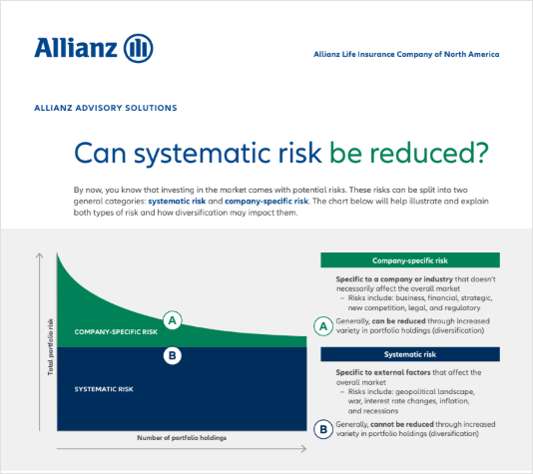The U.S. Department of Health and Human Services (HHS) is trying to use its regulatory machete to cut down state barriers to public exchange navigators.
HHS proposes new restrictions on state exchange helper requirements in a 279-page draft of Patient Protection and Affordable Care Act (PPACA) regulations, Patient Protection and Affordable Care Act; Exchange and Insurance Market Standards for 2015 Beyond (CMS-9949-P).
HHS is preparing to publish the draft in the Federal Register.
PPACA calls for exchanges to give the new exchanges access to navigators, or independent, grant-supported ombudsman programs, to help them understand the exchange systems and exchange coverage options.
Exchanges also can give consumers access to other types of exchange helpers, such as "in-person assisters," who may get their money from other sources and operate under somewhat different rules.
In Texas and other states, lawmakers who have concerns about the PPACA exchange program have tried to make exchange helpers comply with rules that resemble health insurance agent licensing rules.
Under the new HHS proposal, states would be able to impose some requirements, such as fingerprinting and background check requirements, but they could not impose requirements that would shut out non-agents, such as requirements that exchange helpers hold errors and omissions coverage.
In most cases, a state could not require an exchange helper to refer some or all consumers to licensed agents or brokers.
HHS would make an exception for state-based exchanges that have decided to have all Small Business Health Options Program (SHOP) small-group business come in through agents and brokers.



